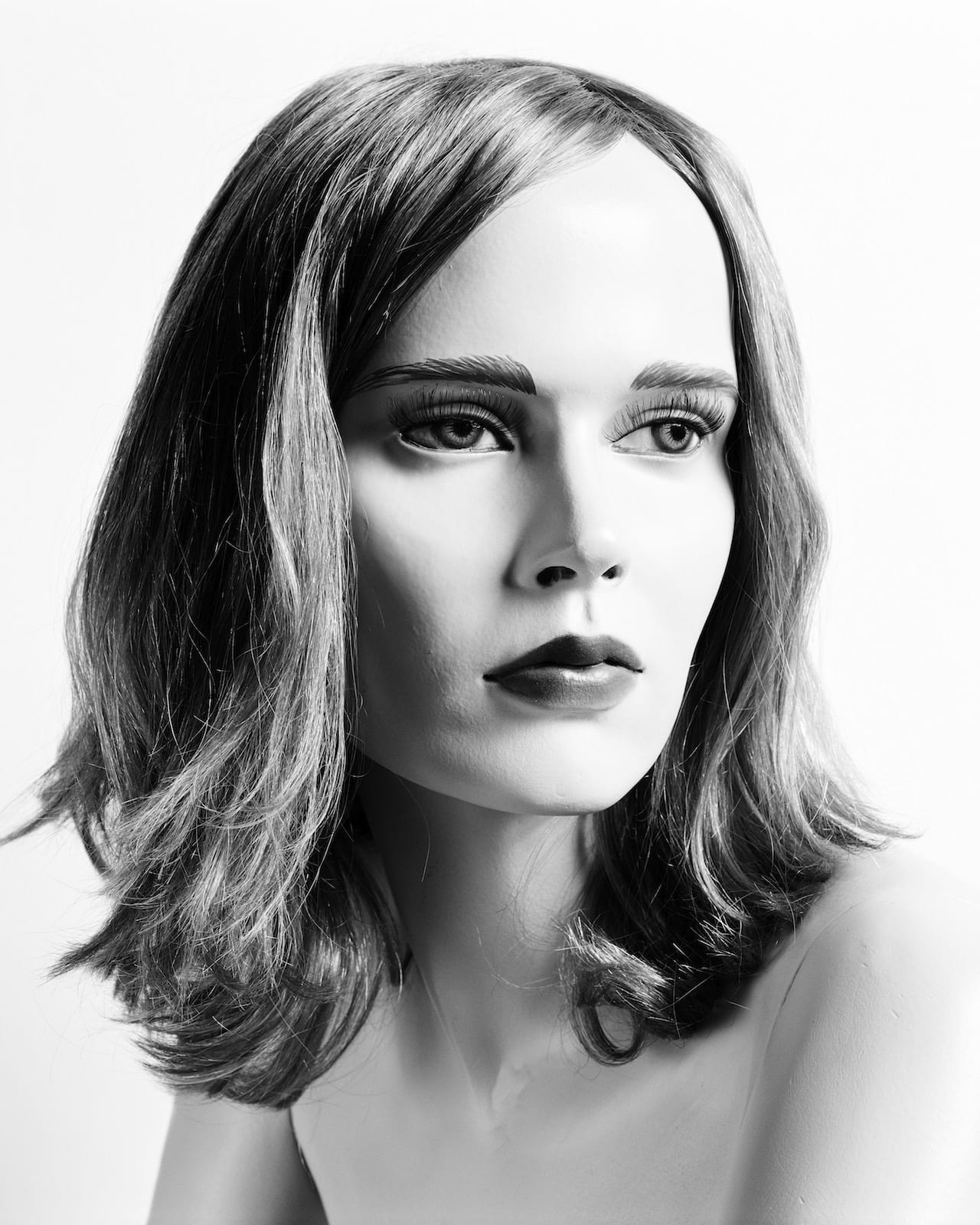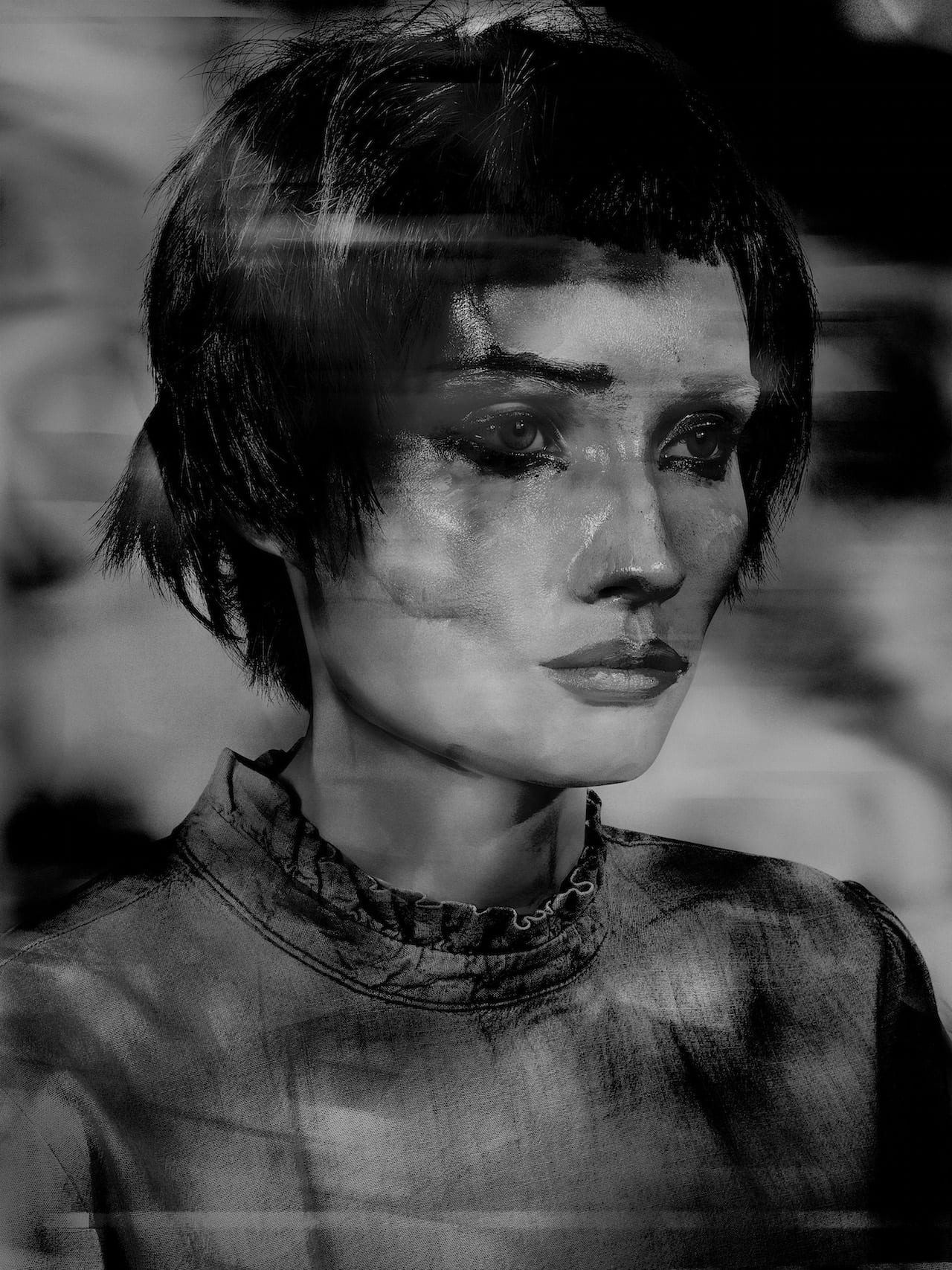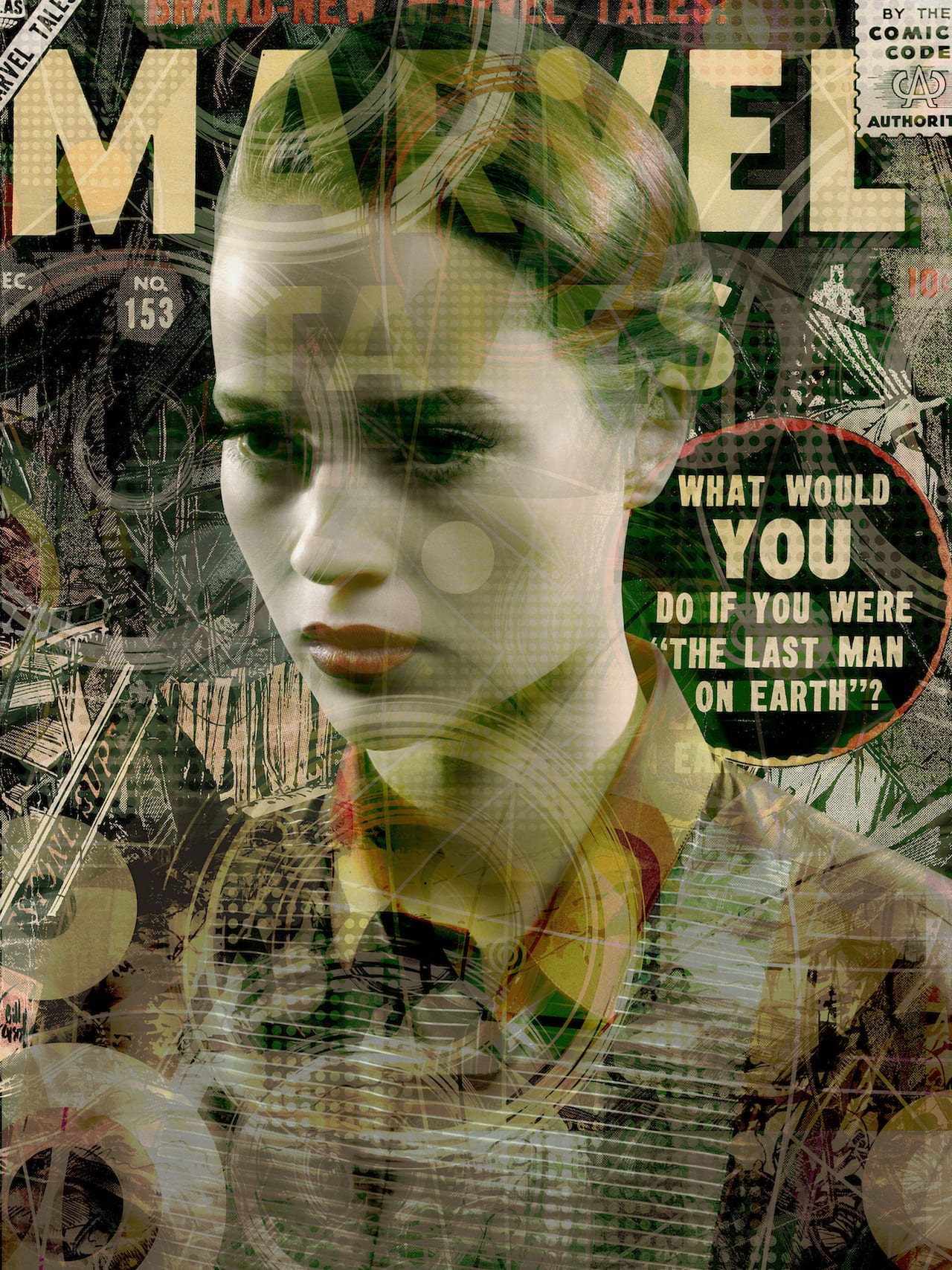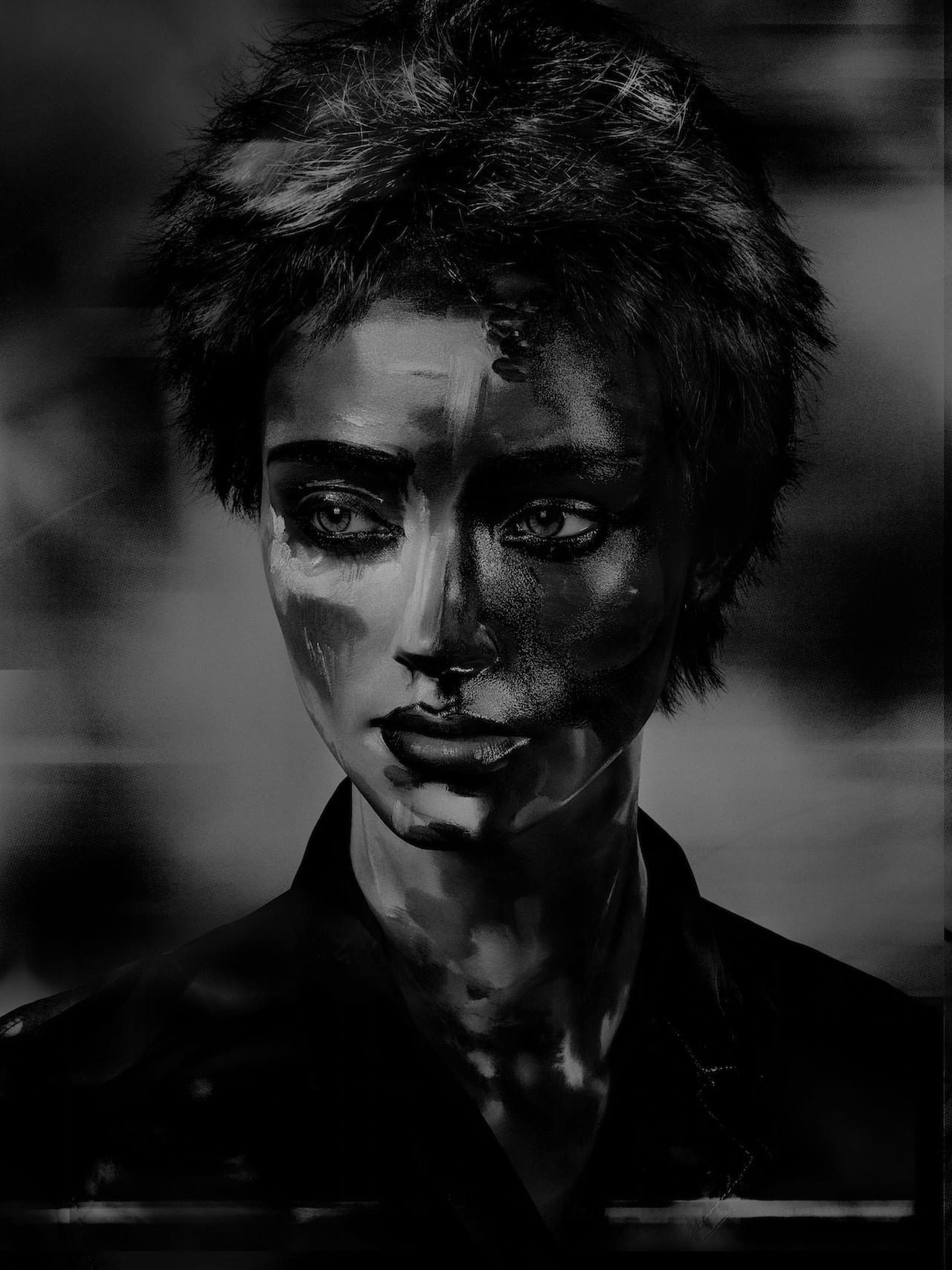French photographer Valérie Belin’s portraits are not what they seem. Often focusing on the female form, they pick out the intersection between nature and culture in the construction of human identity.
“In my work you always see someone who wants to be someone else,” says Belin. “With these portraits, I transform them into someone else.”
Early on in her career she was interested in typologies, and created series on bodybuilders and Michael Jackson lookalikes. Her 2001 series Transsexuels is about metamorphosis, and shows trans women at the beginning of their transition; in 2003 she cerated Mannequins, using soft light and eye-level viewpoints to breathe life into realistic shop dummies.
“Suddenly you realise this is a representation of Western beauty; a representation of a stereotype,” she says – a stereotype she aims to deconstruct.

Belin is primarily a studio photographer but some of her shots are captured outdoors – the superimpositions in Brides (2012) show fast food joints and sex shops shot in New York, for example, juxtaposed with a photograph of a bride. For Belin, these images suggest the contrast between instant gratification and the eternity of marriage.
“Initially there is a paradox, but because the merging of the pictures is so effective, what happens is that the wedding dress is getting exactly the same detail as the neon, so finally the paradox no longer exists,” says Belin. “In the end, you come away with a kind of souvenir.”
In her All Star series (2016) she overlaid broody portraits with simple yet sometimes chaotic pictures from comics. The pictures hint at the destructive nature of images, she says, and the psychological impact of living in an image-saturated age.
“Again, there is a big discrepancy between the two pictures,” says Belin. “One is very dark, introspective, and the other is simple. This girl doesn’t take part in this naïve action. Then, the whole graphic design of the comics becomes completely abstract, a metaphor about what is happening within their internal worlds.”
In her most recent work, Painted Ladies (2017), Belin collaborated with London makeup artist Isamaya Ffrench to give painterly features to real women. With faces sculpted by dynamic brush strokes, the models in the portraits look like paintings brought to life.
Blown up to large-scale, the skin and details are significant in this work, she says – especially the eyes. “They could be digital creations, but the eyes are still very human so there is again a paradox, between the unreality and the humanity of the eyes of the girls,” explains Belin.

Belin comes from a fine art background, having trained at the École Nationale des Beaux-Arts in Bourges, and says she’s influenced by American minimalism and Italian Baroque rather than other photographers. “Baroque art is a very theatrical art,” she explains.
“I think my work also has a very immediate first impression for the viewer. It’s not a conceptual work, instead it’s very visual.”
Her work also contains elements of theatre though, and she adds that every process is a way to build up the image. “For me it is a way for me to create characters from nothing,” she says. “It’s like a kind of laboratory creation.”
Belin’s work is currently showing at the Huxley-Parlour Gallery, 3-5 Swallow Street, London, W1B 4DE until 17 March 2018 www.huxleyparlour.com

Get the latest issue from the BJP Shop today!


